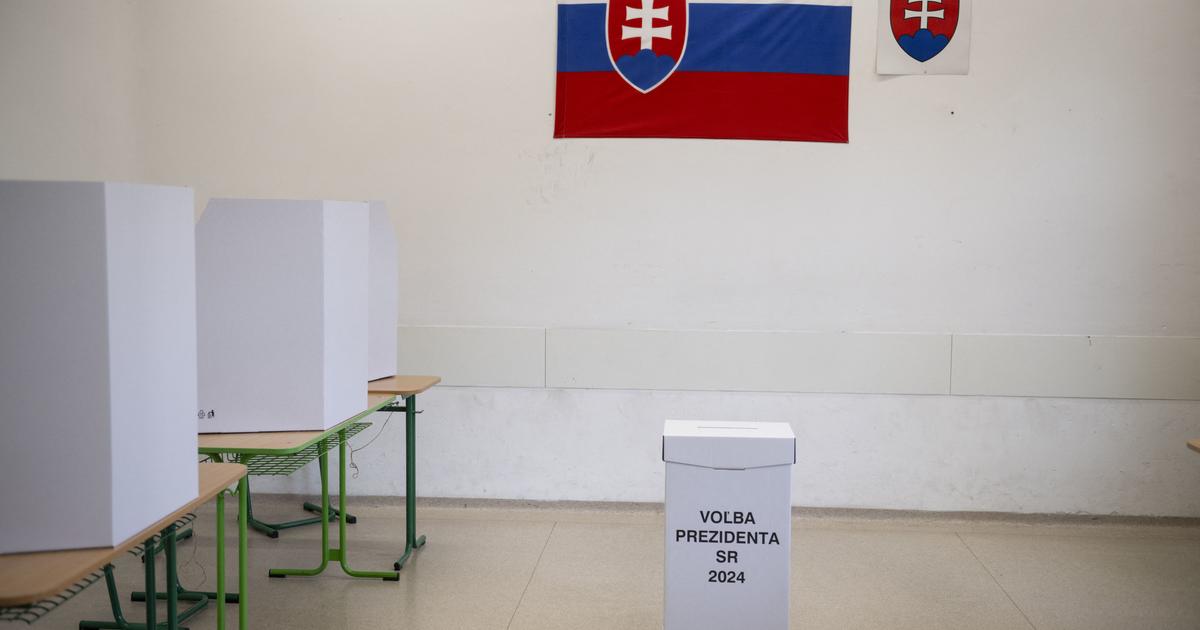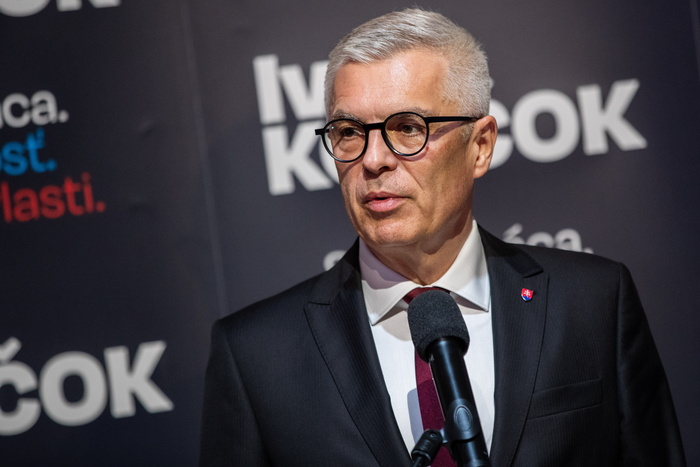The day Gustavo Petro lost the second round of the Colombian presidential elections in 2018 was the day his career began until 2022. Of all the names circulating for the current campaign, Petro's was the only one that everyone, government and opposition , moderate and radical, confident and undecided took for granted.
The data from the surveys indicate that the leader of the Historical Pact has been able to take advantage of that starting advantage to turn it into a clear dominance: one in three Colombians say they will vote for him on May 29 in the first round to decide the substitute for the conservative Ivan Duke.
Fico Gutiérrez, who has become the natural ideological replacement for the outgoing president, is a distant second with 24%.
Of course, his growth in recent weeks is the most notable of all the candidates, probably thanks to the fact that he is managing to unite the many right-wingers in Colombia around him.
Enough, for now, to place him in an eventual second round against Petro.
Sergio Fajardo, the center candidate who fell just a few votes short of making it to the second round in 2018 instead of Petro, is far behind.
He barely gets 10% of the support, tied with Rodolfo Hernández.
The former mayor of Bucaramanga raised a populist campaign, far from any traditional platform, and with an enormous media effort that placed him in a good position until a few weeks ago, when the rest of the candidates were not yet defined.
Now, after the inter-partisan consultations that crowned Petro, Gutiérrez and Fajardo as leaders on March 13, it seems that Hernández's growth has stalled.
In last place is the only female candidate who scores in the polls, Ingrid Betancourt,
Almost two months before the polls, this situation should be considered as a starting point rather than a forecast.
Of special relevance is the percentage of indefinite votes that the polls still collect, despite the fact that these are usually restricted to the universe of likely voters.
Almost a fifth of them remain in the “does not know, do not answer”, “blank” or “null”.
On paper, this margin of uncertainty would be enough for Gustavo Petro to win the presidency in the first round, a hypothesis that has circulated through political gossip in Bogotá but still lacks empirical support.
In fact, it seems quite difficult for a single candidate to pocket all this wealth of uncertainty, even if Petro presents a more credible platform for victory and with greater media presence than ever.
In fact, if there is a candidate who has been absorbing new votes above the others in recent weeks, it is not the one on the left, but Federico Gutiérrez.
If you compare its average before and after the inter-party consultations, it is by far the one that has grown the most.
Certainly, in the polls prior to March 13, there were many more candidates in the running: all those who were competing against Petro, Fico and Fajardo in the respective left, right and center elections.
The point is that it is Gutiérrez who has managed to absorb more votes than he was orphaned after the different blocks were decided.
The withdrawal of the candidacy of Óscar Iván Zuluaga (from the Democratic Center, the party of President Duque and, especially, of former President Álvaro Uribe), the progressive media campaign that has facilitated Gutiérrez's increased recognition (at the beginning of this year only 33 % of Colombia had a formed opinion about the former mayor of Medellín), and the anchoring in the domain of Petro as a polarizing focus are among the catalysts for Fico.
It is this polarization around Petro (and any possibility of government from the left external to the
establishment
), as well as its reflection around the Colombian right, expressed especially in the figure of Uribe, which facilitates a dual confrontation between him and Gutiérrez.
In this implicit clamp, Sergio Fajardo is left without a clear anchor.
His cover letter is limited to being the alternative to precisely avoid this polarization.
But, once the vote is coordinated around the poles, the trend is very difficult to reverse, because the incentive to strategic voting that is limited to choosing sides (also to prevent the rival from winning) produces an inertia that feeds on itself.
Finally, such a clear ideological division helps the polls work because it clarifies the candidacies before the voter.
It should not be ignored, in any case, that the polls have had an uneven track record in Colombia.
They obtained very good results in the 2018 elections and also in the 2019 Bogotá mayoral elections, but much worse in the plebiscite on the 2016 peace accords. This, added to the number of undecided voters, their reaction to the waves sudden protests that the country has seen in recent years, the changing but still clearly negative assessment of the outgoing president and his yet to be defined association with the incoming candidates, and the presence of candidates more difficult to classify as Rodolfo Hernández himself, advise caution in reading these polls.
Also for the campaigns that are in the lead.
The race has only just begun.
Methodology and sources
The average number of polls includes the last ones published by each polling house registered with the National Electoral Council up to the date of publication of the article, from March 14, 2022 (the day after the inter-party consultations that ended up defining the candidates for the presidency The compilation is collected from the
recipes-electorales.com platform
, and is contrasted with the publication in various media.
Each survey has a slightly different weight in the average that depends on the numerical evaluation carried out by the
semáforo de encuestadoras de lasillavacia.com
, which values each of the polling houses according to a series of technical, methodological and success parameters. in the end result.
To avoid excessively skewing the average, the assigned weight only varies by 20%, so that the highest rated pollster's survey receives 100% and the lowest rated receives 80% weight over the final average.
When a pollster is registered with the CNE but is not valued by lasillavacia.com, the average assigns it an intermediate point between both extremes.
As is the case with the data used as food for the average from the aforementioned platforms, the code used for this analysis, as well as its gross results today, which serve as the basis for the graphs produced, is available to anyone in
this open repository
.
Subscribe here to the EL PAÍS América
newsletter
and receive all the key information on current affairs in the region
Exclusive content for subscribers
read without limits
subscribe
I'm already a subscriber







